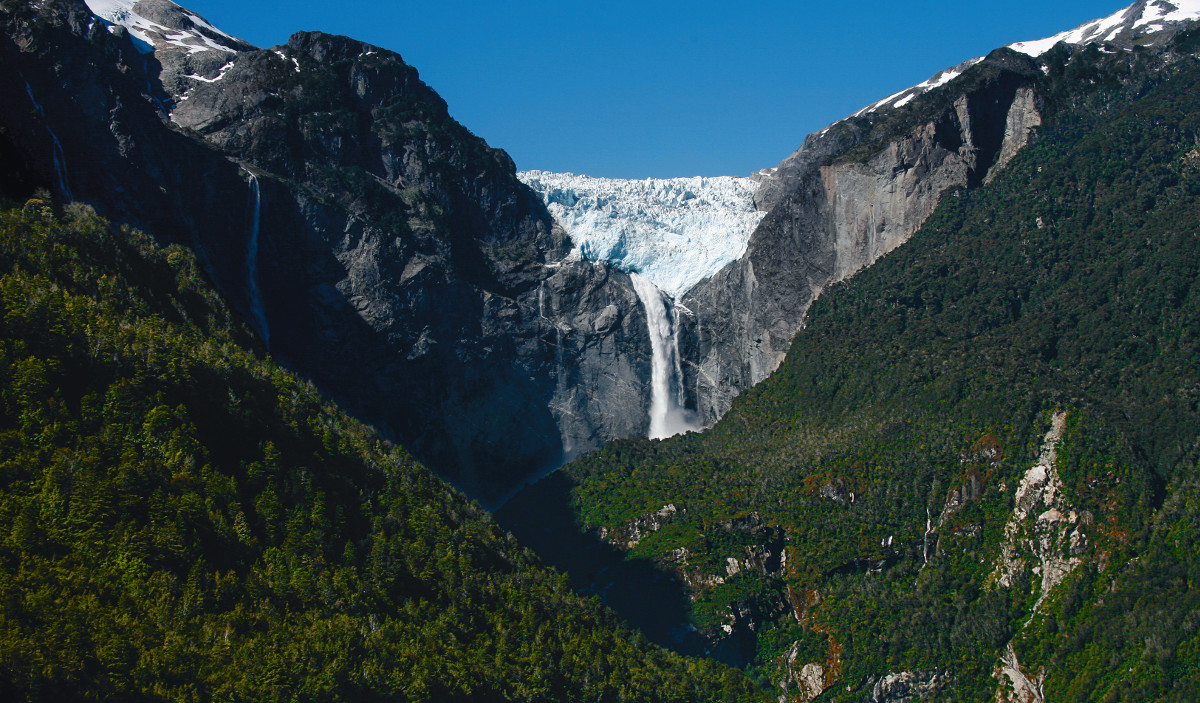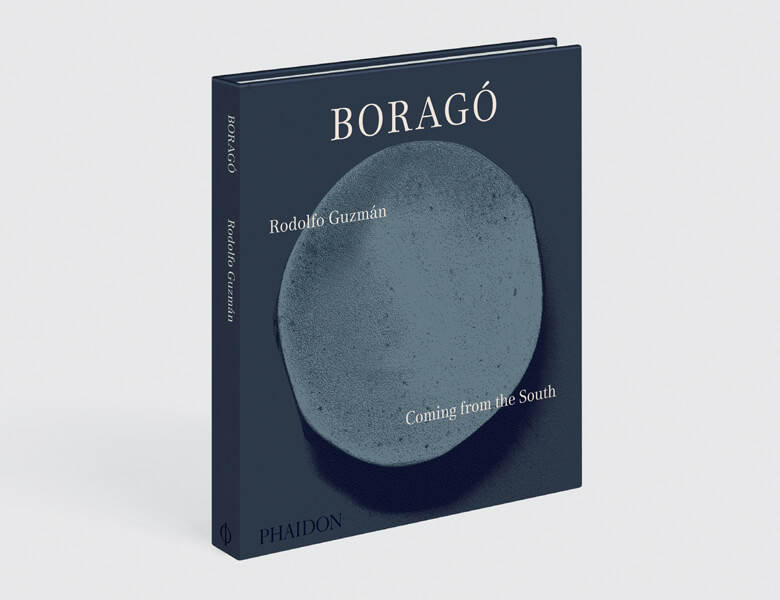
Discover Patagonia with Boragó’s Rodolfo Guzmán
From pink apples to tangerine fungi, this wild tip of Chile yields some surprising ingredients for the pioneering chef
Even for the Chilean chef Rodolfo Guzmán, who has found ingredients for his dishes high in the Andes on the plains of the supernaturally dry Atacama desert, Patagonia was a place of extremes.
"What impacted me the most the first time I went to Patagonia was the silence," he writes in his new book, Boragó. "It was immense, like nothing I’d ever experienced before."
The windswept, sparsely populated region, at the farthest southern tip of South America, is part Chilean, part Argentinian, wholly beautiful, and home to a surprising variety of peculiar fauna and flora.
"It has short summers and long, cold winters, in addition to strong winds at certain times of the year," Guzmán explains. "It is also highly diverse in terms of ecosystems, thanks to the submersion of the Andes mountains that creates a whole ecosystem for sea species. In the cold sea off the coast of Patagonia, there are so many species that have unexpectedly intense flavours, such as the southern king crab, one of the most delicious species in the world."
Yet the seafood isn't the only ingredient Guzmán - who has made his career uncovering, refining and defining Chilean cuisine - found and brought back to his restaurant Boragó. Drawing on the local traditions of the Kawesqar and Tehuelche peoples, he uncovered plants such as puya, a delicate root which had never been domesticated before. Following his trip to Patagonia, Guzmán successfully cultivated the plant, and now includes home-grown puya in dishes at Boragó.
He also came across diguene, a local fungus that looks a lot like a fruit. "When you break them in half with your hands, they don’t look like any other mushroom," he says. "They are bright orange, like a mandarin, and their texture is sturdy but a little sticky. They are commonly used in salty preparations. However, when split, it is clear that they can work well in desserts."
He also harvested genuine fruit, though again, appearances were deceptive. "Chauras are the true wild apples of Patagonia," he says. "They belong to two different families that range widely in colours and sizes, they all have a mild flavour and a crunchy texture. The wild pink apples have an acidic and floral flavour and are the most aromatic of all." He now serves these with lamb and vine leaves, offering Santiago's diners a refined take on one of the country's more extreme terroirs.

To find out how he combined these rare ingredients into some of today's finest gastronomic creations, order a copy of Boragó; and if you're hungry for more from the wild's of Chile, read about how the Andes, the Atacama desert, and the capital Santiago, influenced Guzmán's cookery.